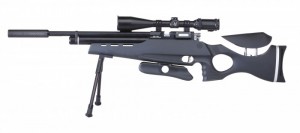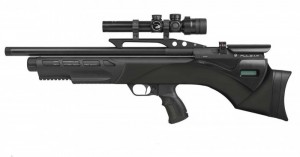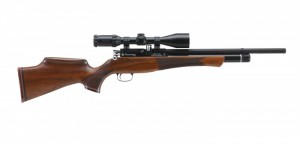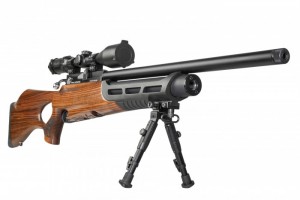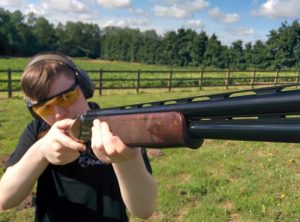
The popularity of target shooting is growing rapidly, especially among the young. New clubs are opening, and existing clubs are growing. Shooting is being introduced into schools and scouts groups. Opportunities for participation are opening up to everyone.
The sport is a test of concentration, steadiness of body and mind, technique, eyesight, and judgement. It’s one of the few sports that don’t rely upon strength, physical fitness, size, or speed. Many shooters are still on top form in old age. Large people are not hampered by excess body weight, and small people are not disadvantaged by lack of it.
1# Early Game Shooting
King Henry VIII was very fond of firearms – the new-fangled weapons that were superseding bows and arrows. In the 16th century, game shooting was an elitist sport, and since the late 14th century had been restricted to men worth £2 a year or more. An Act of Parliament in 1671 stipulated that only men with a landed income of at least £100 per year were permitted to take game, reflecting inevitable inflation and a rather slow reaction to it.
2# Early Trap Shooting
The sport of trap shooting has been around since 1750, when live birds, usually pigeons, were used as targets. The birds were held in traps or under hats and then released – to be shot at. Sometimes inanimate objects, like potatoes, were hurled into the air for targets. At one particular competition, cricket balls were launched by a fast bowler.
3# Glass Ball Targets
In the 1860s, the glass ball was introduced – possibly in England, but popularised in the US by Charles Portlock. These targets – hollow glass spheres filled with feathers (for realism) or sometimes with dust, flour, or shredded newspaper – were catapulted into the air by simple traps. The sport had now become cheaper (and consequently more popular), consistent, and more humane.
The simplest form of glass ball target had a smooth surface, but the designs became more sophisticated, with ridged or patterned surfaces, which prevented shot from glancing off. Sometimes the balls were marked with the manufacturer’s name.
The problem with glass balls, though, was the debris – large quantities of broken glass. Participants would often shoot over water, and divers of later decades have retrieved many whole (i.e. missed) balls. There were attempts to develop alternative forms of inanimate targets, like the reusable wooden ball with an explosive surface, and the ecologically friendly ball designed to decompose.
The glass balls, which were in use for only a couple of decades before the invention of clay targets in 1880, were made in bright colours, and it’s not uncommon for modern-day collectors of glass ball targets to come across them hanging on Christmas trees. They’re often mistaken for baubles!
4# The Naming of Skeet
Bang … bye-bye blackbird … these are two of the many thousand competition entries for naming the new US shooting game invented by Charles E Davies in 1920. The naming competition, run in 1926, was won by a housewife from Montana, Gertrude Hurlbutt, who suggested skeet, a word derived from the Norwegian ‘skyte’, meaning ‘shoot’.
5# A Young Star
Miroslav Bednarik, a Czechoslovakian International Trap shooter, was born in 1965. In 1985, Miroslav was picked for the Open World Trap competition at the Montecatini club in Italy, known as the ‘mecca’ of international clay target shooting, but with the reputation of being one of the most difficult.
At twenty years old, Miroslav was still young enough to compete in junior events and was a favourite for the junior world title. But entering the senior competition meant that he would not be eligible to take part as a junior. A dilemma? For Bednarik, it was a no-brainer. He broke 197 of the 200 clays, becoming the only junior shooter in the history of the ISSF to win the senior Open World Trap title.
In 1989, at just 24 years old, the young Czechoslovakian champion was killed in a motorcycle accident.
6# Winchester Models
Kimberley Rhode, an American born in 1979, is an International Double Trap and Skeet champion, considered by the ISSF to be one of their four greatest shotgun shooters of all time. After her win at a prestigious international sporting competition in London in 2012, Kimberley’s image appeared on a Winchester Ammunition cartridge box.
Before Kimberley, only three other people had been featured on a Winchester Ammunition box. These were: company founder Oliver Winchester, actor John Wayne, and US president Theodore Roosevelt.
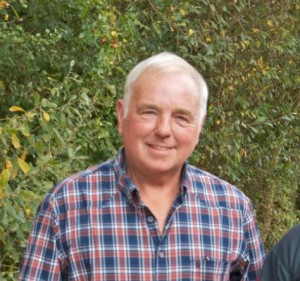
7# Automatic Trap Machines
In 1909, the first automatic trap machine was used. Over the last century, the machines have been developed and improved. One of the latest models is the Auto Sporter Clay Trap machine, which is supplied to shooting clubs and competitive events all over the world and is used in conjunction with an automatic counter system.
It was invented by John Bidwell, who is a world champion clay pigeon shooter and the owner / manager of High Lodge, a sports and events centre in Suffolk, where the Auto Shooter is manufactured.
You can grab shotguns for sale and target shooting supplies by heading to our Rifles and Shotguns store.

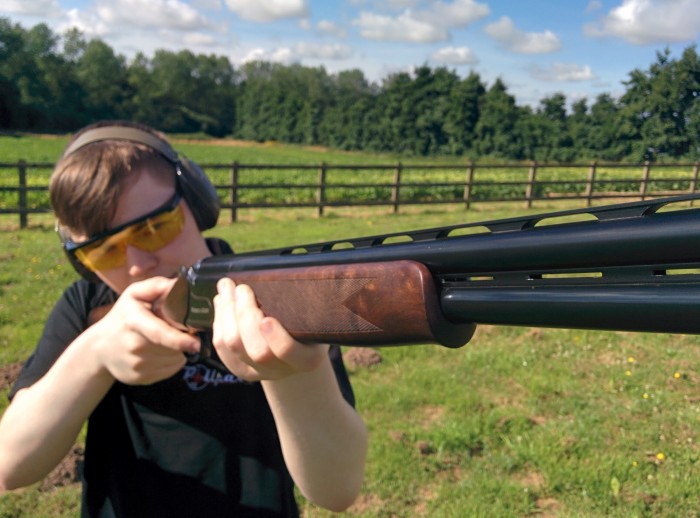
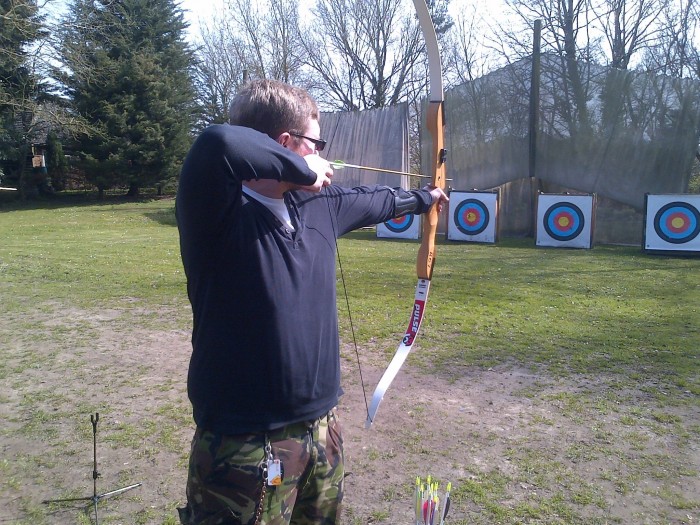
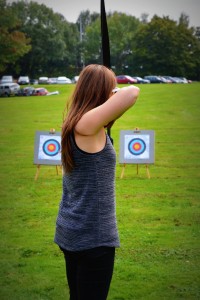
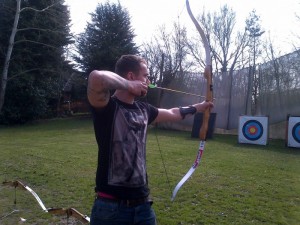
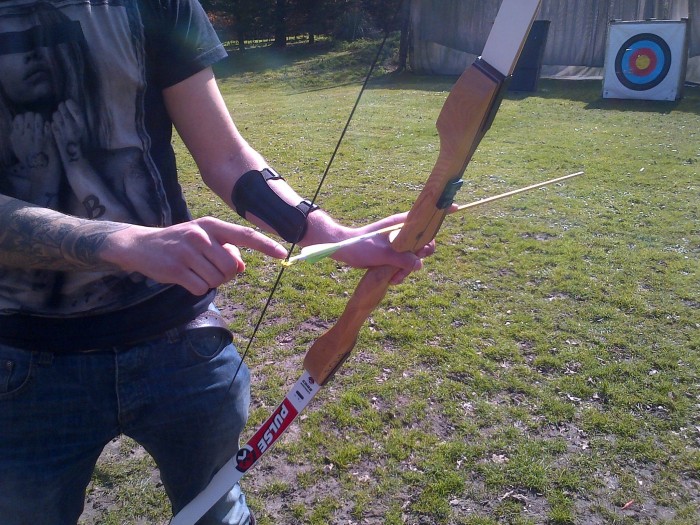
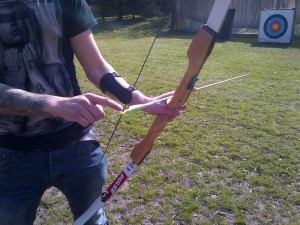
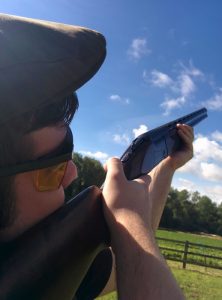
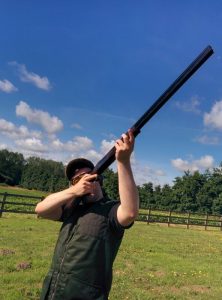
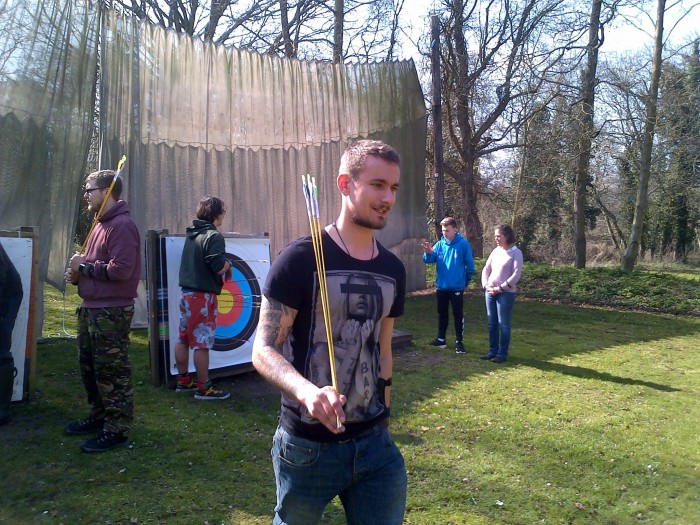
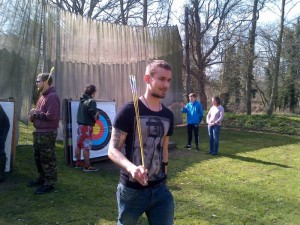
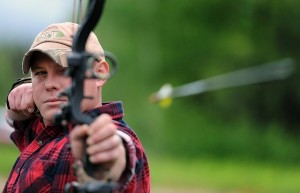
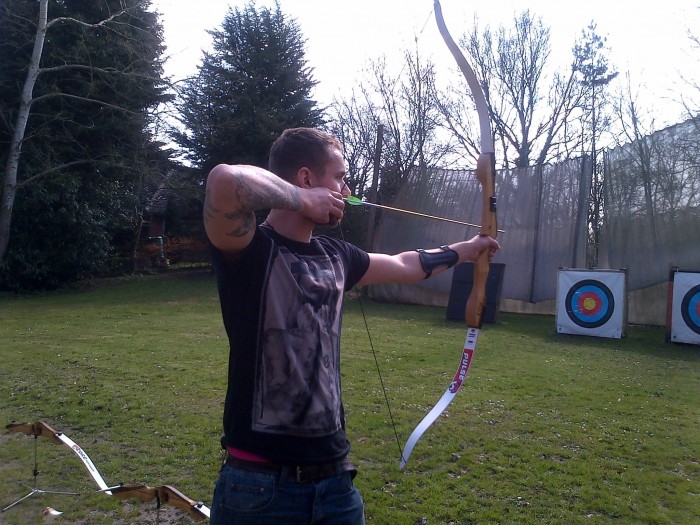
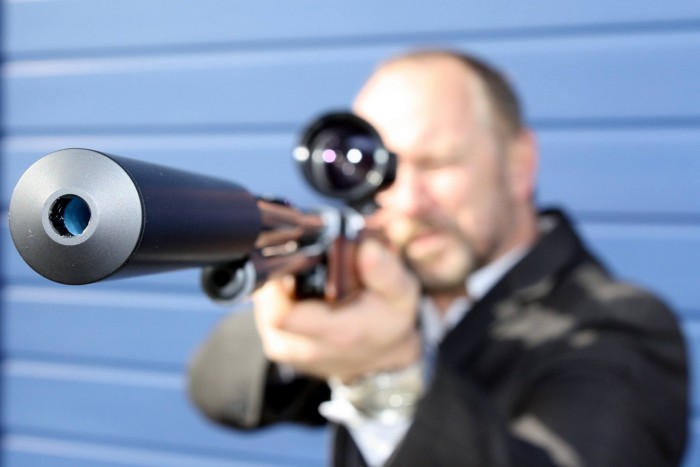
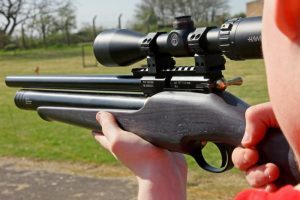
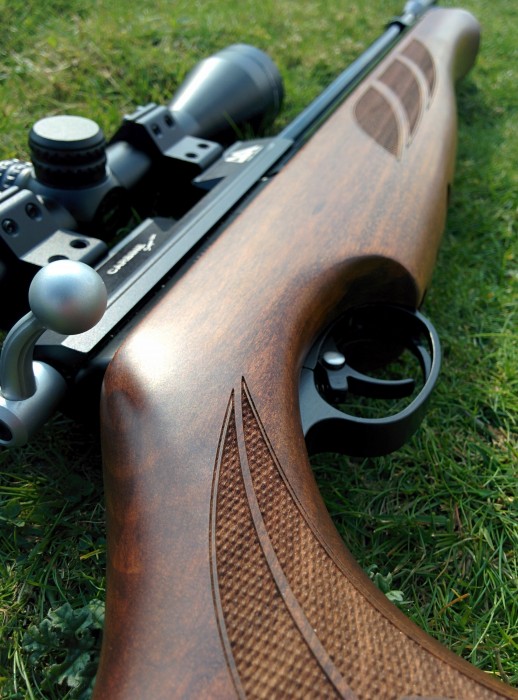
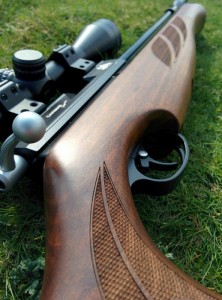 If you’ve ever fancied getting started in the world of shooting, it’s probably easier than you first thought. Let us help you with this handy guide to starting out…
If you’ve ever fancied getting started in the world of shooting, it’s probably easier than you first thought. Let us help you with this handy guide to starting out…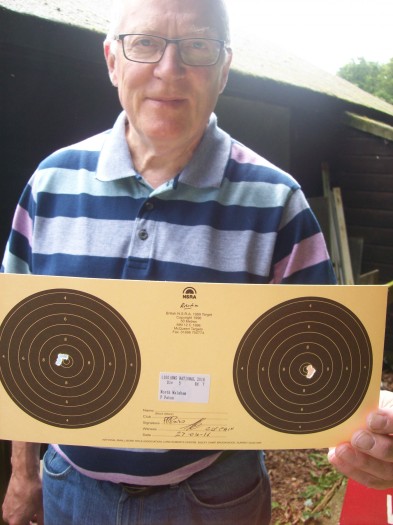
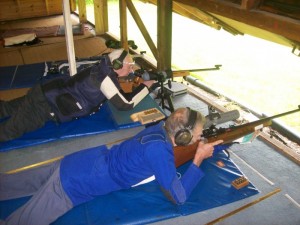
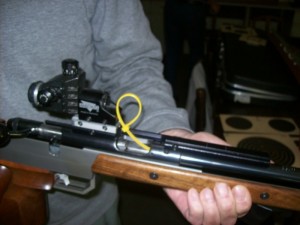
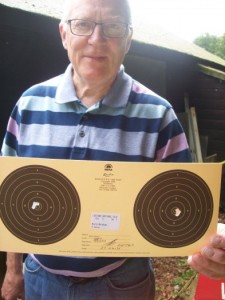
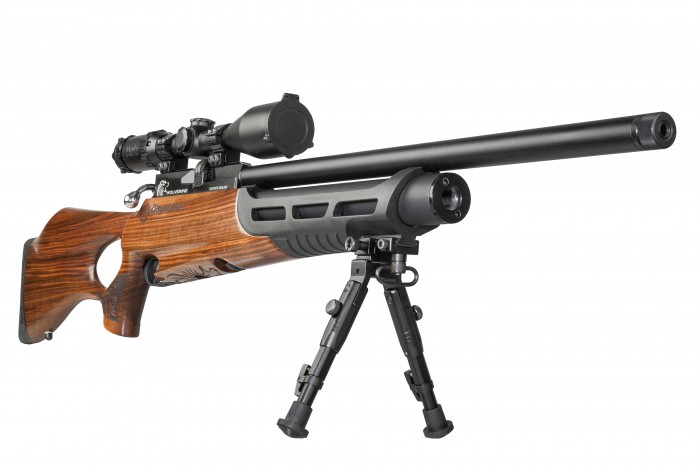
 In a recurring feature, this month Joe Meakin focuses in on the work of Staffordshire prestige gunmakers,
In a recurring feature, this month Joe Meakin focuses in on the work of Staffordshire prestige gunmakers, 